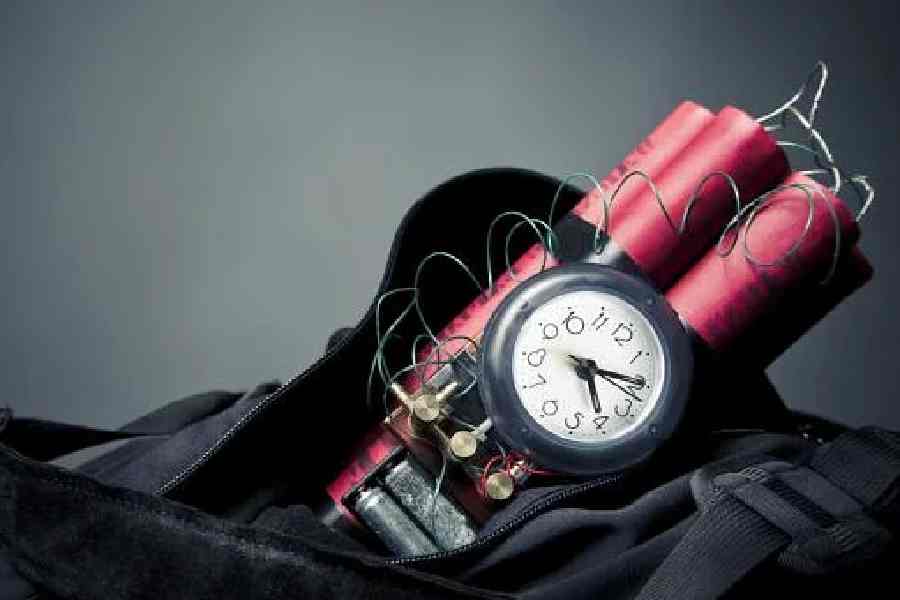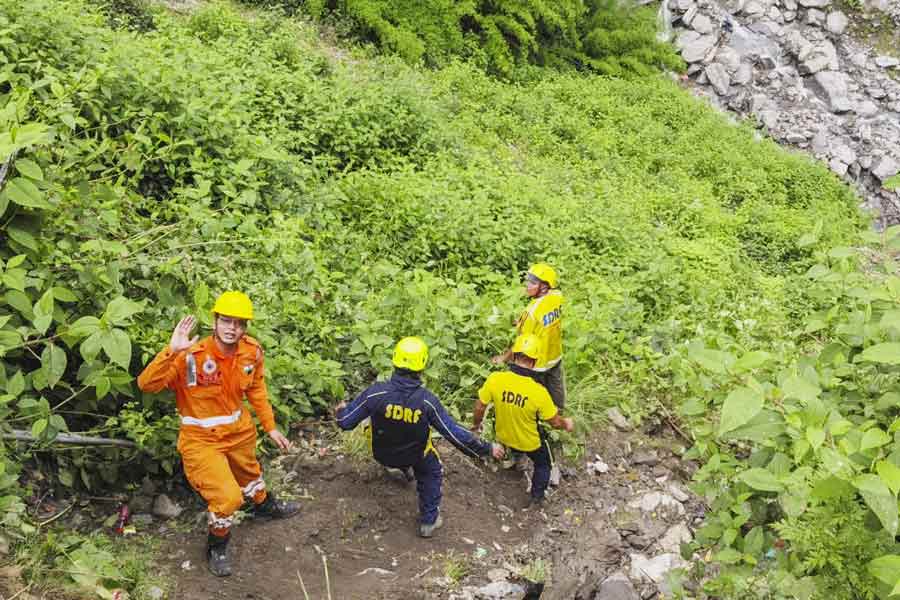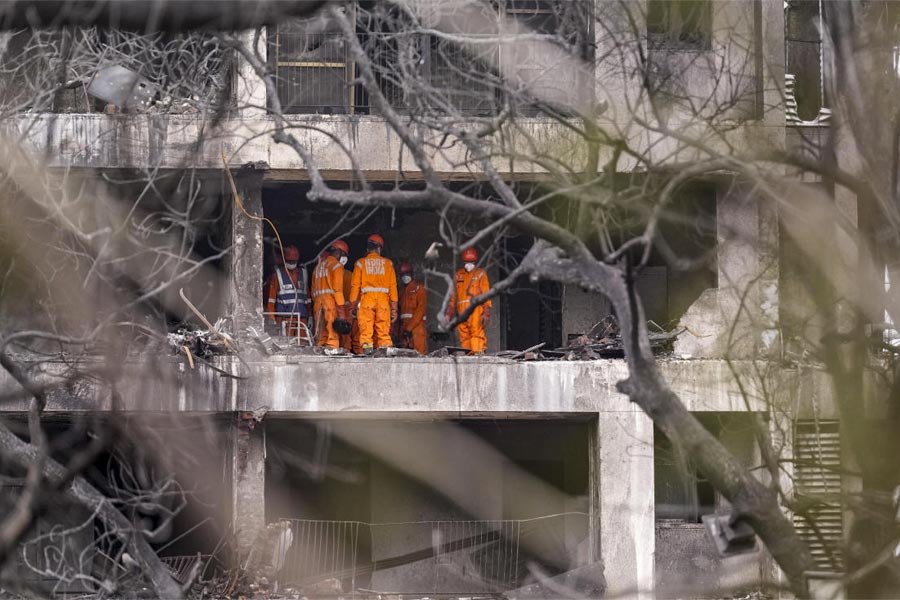
The air toxicity is increasing most rapidly in Calcutta among the metros, says a World Health Organisation report.
The level of highly toxic pollutants such as PM10 and PM2.5 has gone up by almost 40 per cent in two years in the city, reads the report, Global Urban Ambient Air Pollution Database (update 2016), released on Thursday.
PM10 and PM2.5 are the fine and ultrafine particulates generated by diesel vehicles. They penetrate deep into the lungs and trigger a host of diseases, including cancer.
The 2014 WHO report said PM10 in Calcutta was 97 micrograms in a cubic metre of air. PM2.5 was 43 micrograms.
In Thursday's report, PM10 has jumped to 135 micrograms and PM2.5 to 61 micrograms in a cubic metre of air.
The nationally permissible limit for PM10 is 60 and 40 for PM2.5.
Howrah has seen an even higher rise in air toxicity in two years. PM10 has jumped from 100 microgram in 2014 to 186 microgram this year. PM2.5 has risen from 47 to 100 microgram.
Among the metros, Delhi has recorded a decrease and is now out of the list of 10 most polluted cities in the world. Bangalore and Chennai have recorded a rise in PM10 and PM2.5, too, but the rate is far lower than Calcutta's.
"The data on Calcutta's air is disturbing. The air is getting increasingly toxic because of a rise in the number of vehicles while the road space remains unchanged," said Anumita Roy Choudhury, air pollution expert, Centre for Science and Environment. "It's unfortunate that Calcutta is steadily losing the advantages of good public transport system like trams."
Environment activist Subhas Datta, who has filed numerous public interest litigations on the city's air pollution, said the findings of the report vindicated his stand.
"Calcutta's air is like an orphan... neither the state government nor the state pollution control board is bothered to control air toxicity," Datta said.
A state pollution control board official said: "We have no idea from where WHO got the data. The PCB data show marginally lower level of air toxicity."
A green activist said the WHO data might be on the lower side. "The actual situation is worse."










